If you live in the city, you’re probably aware of that because you can hear it; the traffic, the people rushing to and fro, fire trucks, ambulances, HVAC condensers firing up, trains passing by, construction. Long story short, city life can get pretty loud sometimes.
But while it may seem like that noise is just a fact of life, the truth is you don’t have to put up with it all the time. We all need a sanctuary where we can take a break from all the hubbubs from time to time. Going without that is an easy way to get stressed out and anxiety-prone. Your home’s soundproofing can easily be revamped with just a few affordable home improvements.
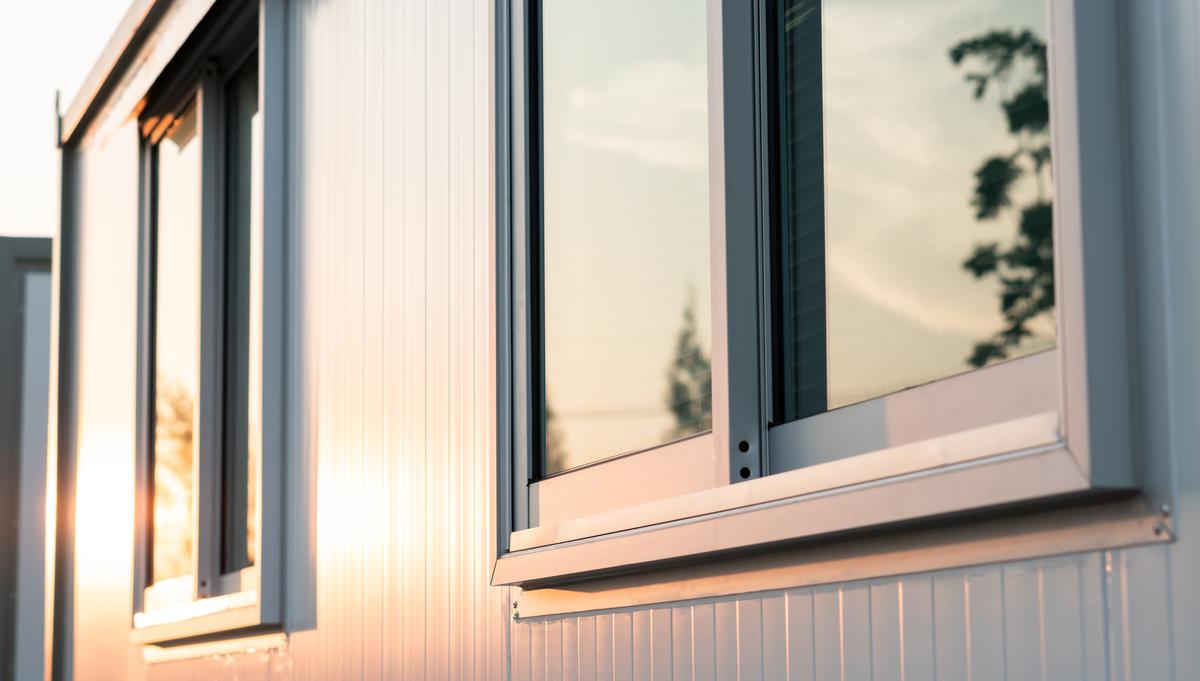

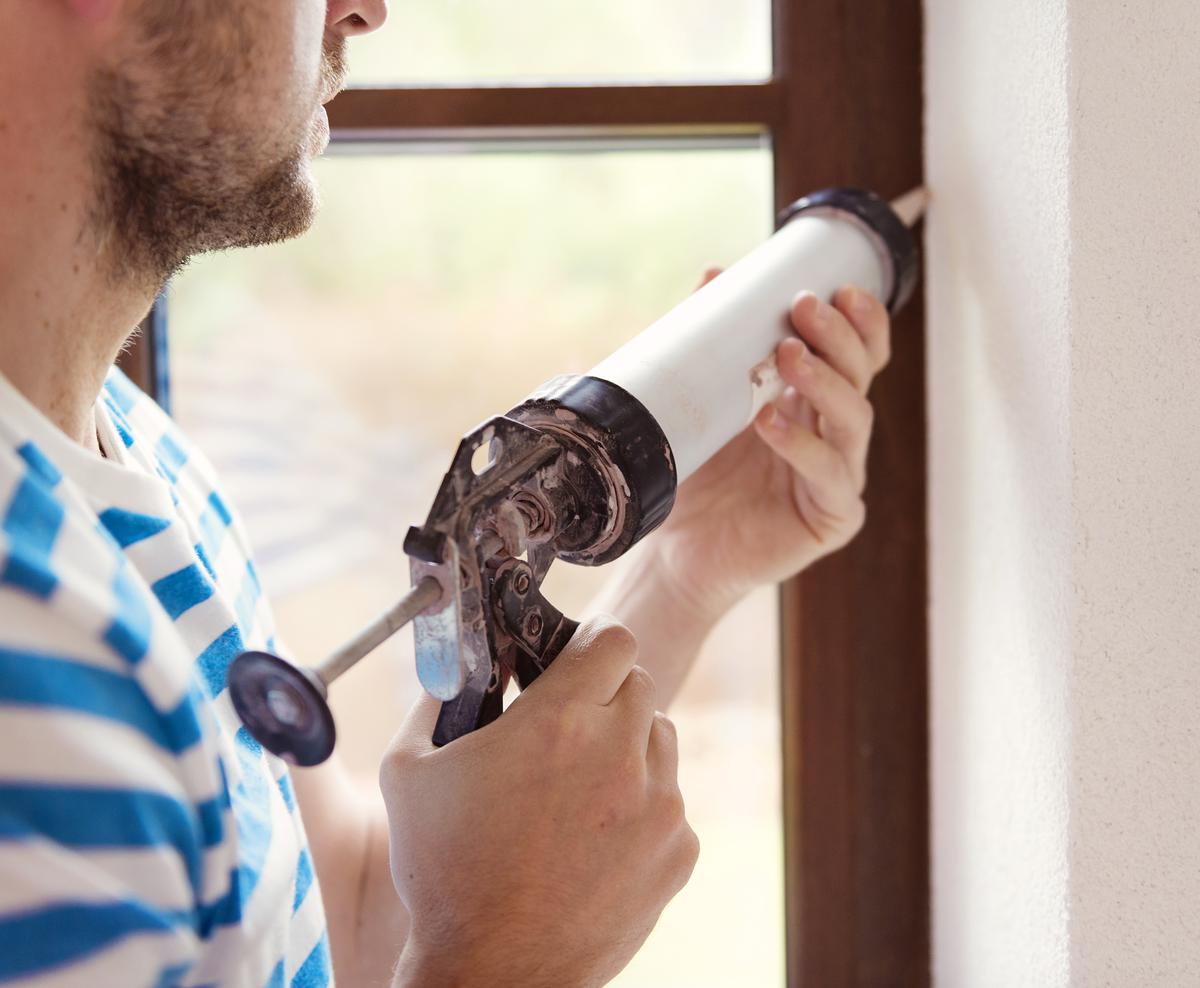
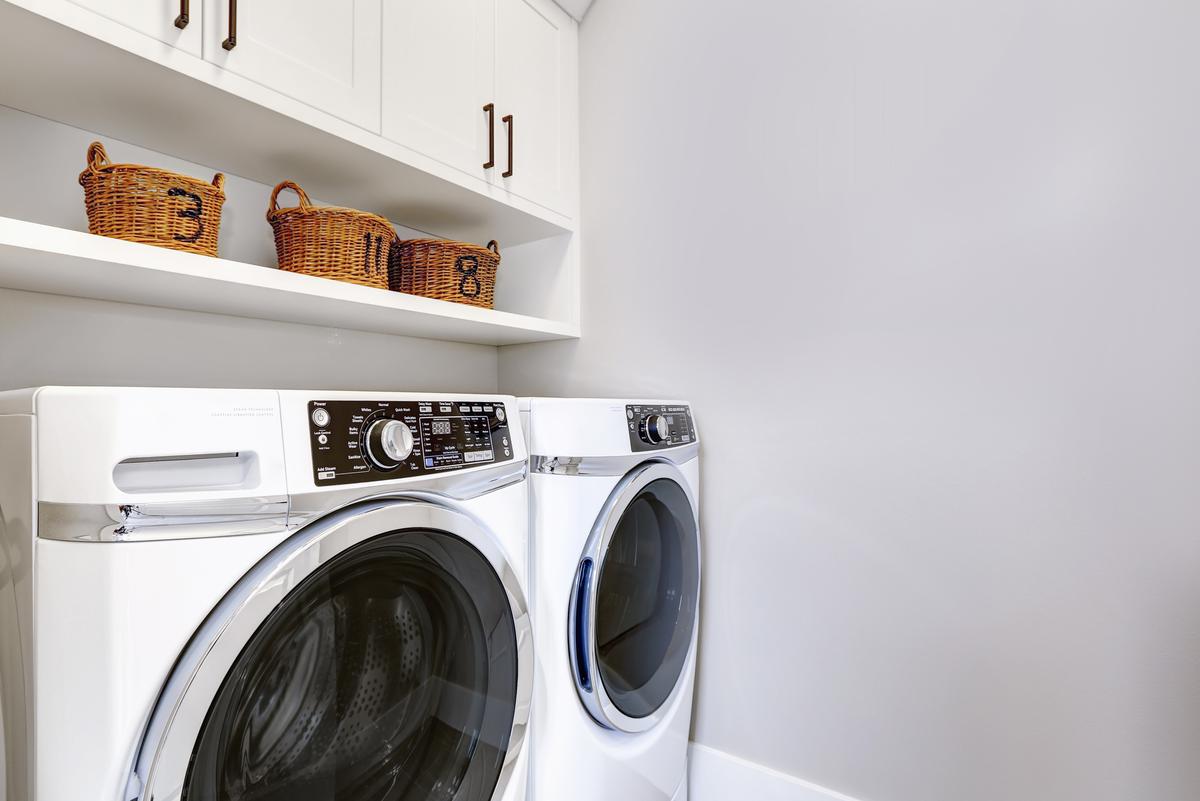
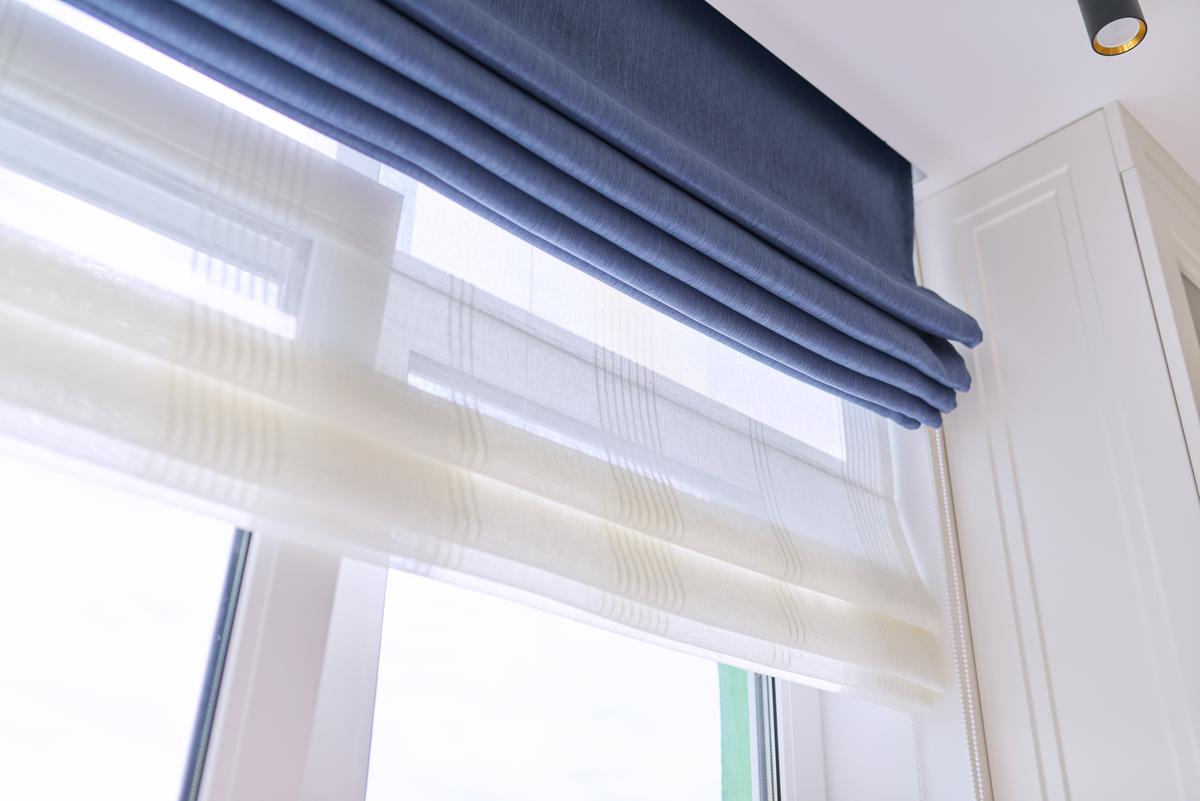
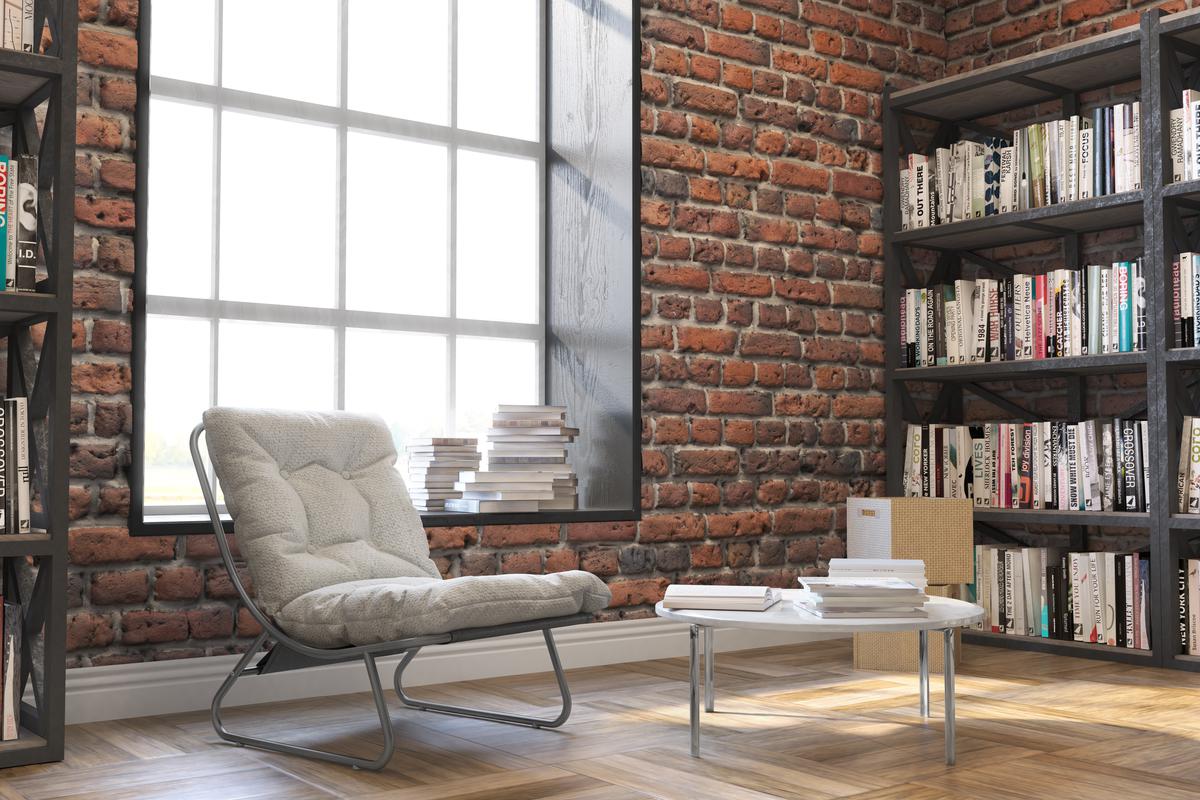
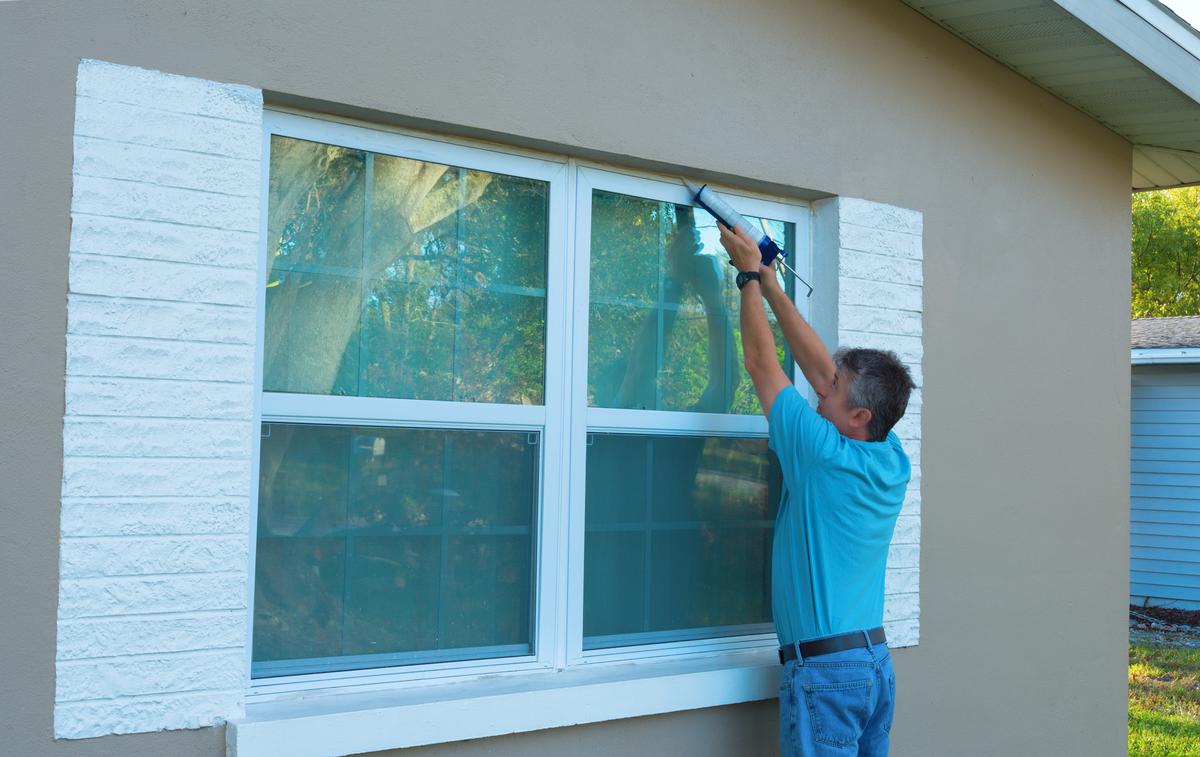
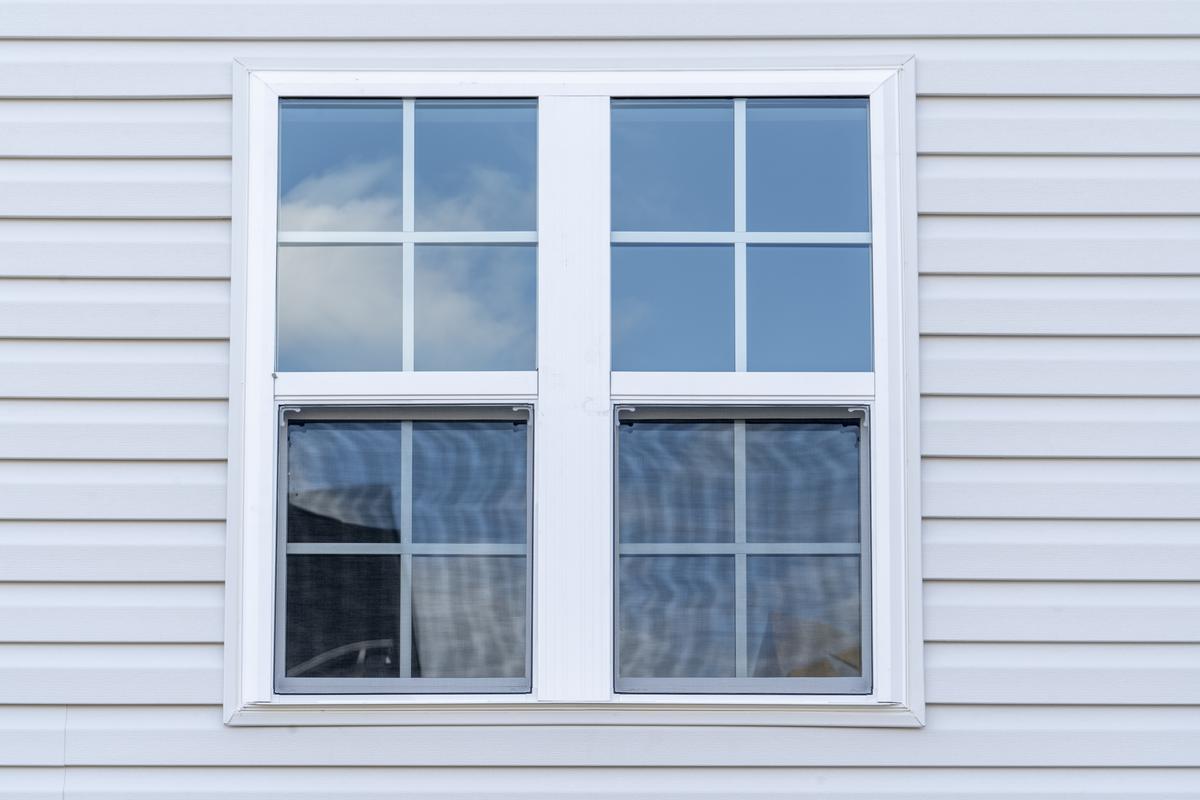
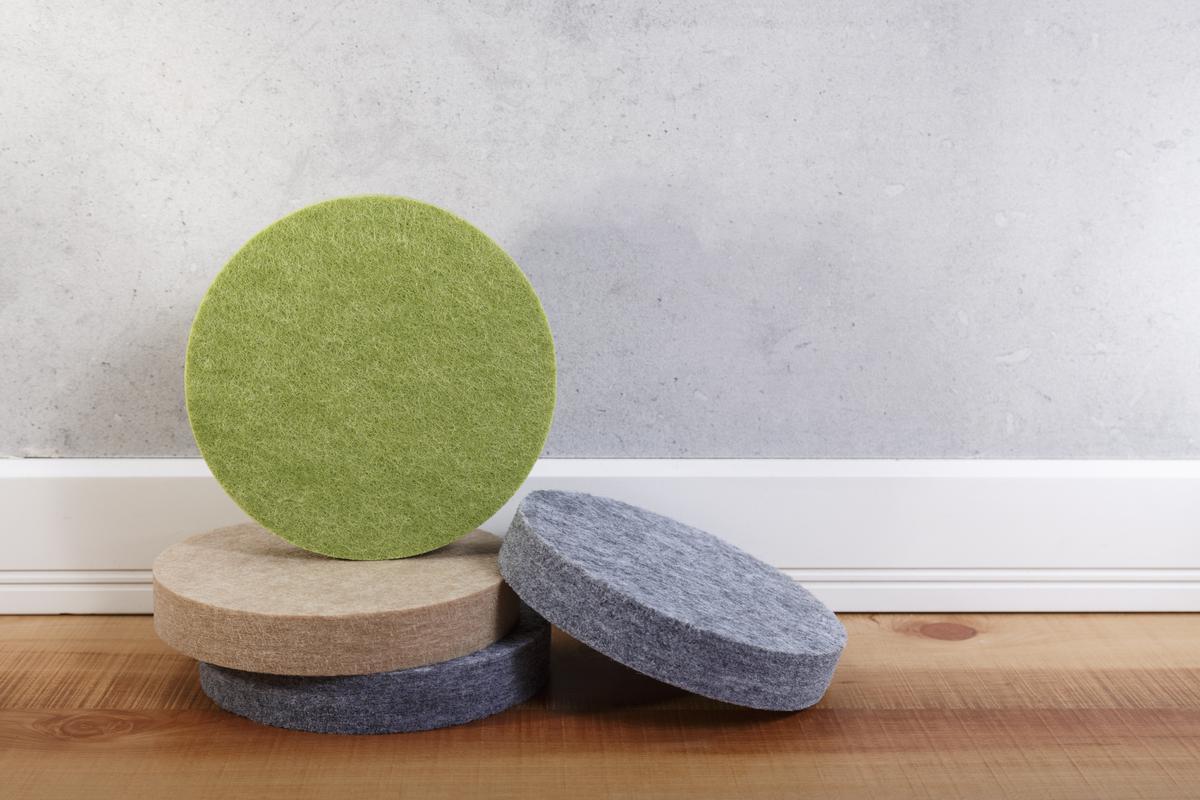



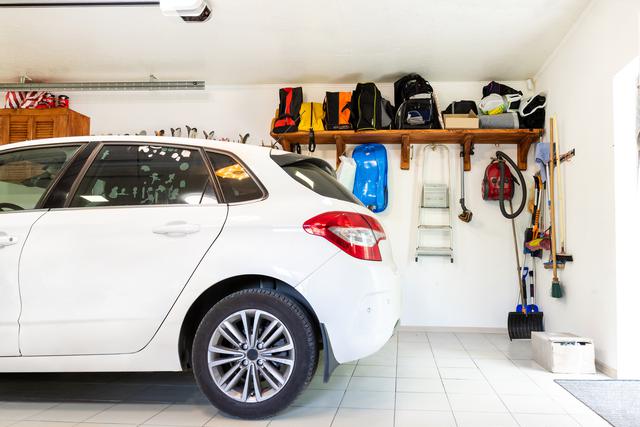
comments